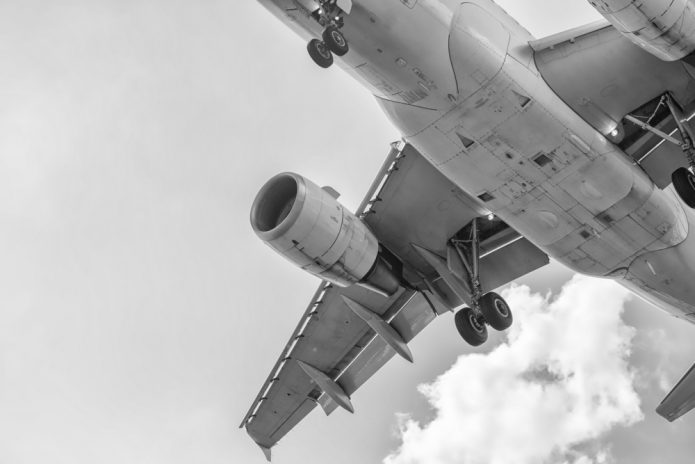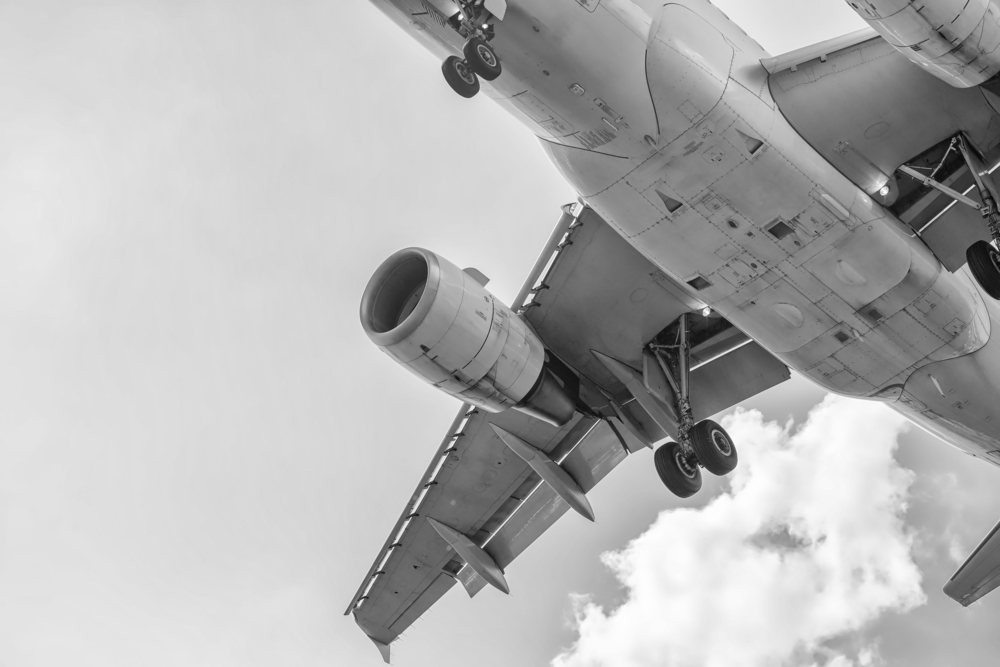
(Photo: Shutterstock)
It sounds like a fine riddle: what can grow exponentially but still remain the same size? A new global deal on climate emissions from aviation promises just that: “carbon neutral growth” from an industry that is the world’s fastest growing source of greenhouse gases.
When diplomats meet in Montreal this week for the triennial Assembly of the International Civil Aviation Organization (ICAO), the results are likely to be prosaic: a delay in cutting emissions until 2021, at which time a voluntary scheme would be introduced that allows airlines to continue polluting by paying others to clean up for them. The controversial “carbon offsetting’”scheme at the heart of this proposal is likely to involve counting reductions in greenhouse gas emissions twice, posing a significant new threat to hopes of avoiding dangerous climate change.
The airline industry is currently responsible for about two per cent of the carbon dioxide emissions that play a lead role in causing climate change, but the impact of flying could be more than double that headline figure.
Without getting too technical, emissions from planes change the balance of energy in the atmosphere (‘radiative forcing’), as well as forming cirrus clouds (the contrails so beloved of conspiracy theorists) that can lock in further warming. Taking all of these factors into account, aviation is responsible for closer to five per cent of the climate change problem, a small but significant share. The bigger problem, though, is that flying is expected to be the fastest growing cause of climate change.
…
